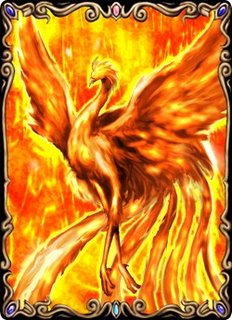
For centuries, the symbol of the phoenix has appeared in various cultures, signifying life and rebirth in many forms and meanings. According to Arabian mythology, only one phoenix is alive at any one time. Their lives are planned for a specified number of years, until the aging phoenix decides it is time to die. According to legend, the bird prepares its own funeral pyre, and then sings a song of such ethereal beauty that the god of the sun stops his horses of fire in the sky to listen. As the song finishes, and the chariot is pulled away, sparks fly from the hooves of the chariot horses, setting the pyre ablaze, and a new phoenix springs forth from the ashes. The new phoenix then pays homage to his predecessor before carrying on with his own life.
In Chinese history, the phoenix (known as the Feng Huang) symbolizes the union of yin and yang, as the bird is exceedingly gentle, though also exceedingly powerful in its own right. The most common depiction of the Feng Huang is of the bird attacking a snake with its talons, while its wings are spread wide Generally, the phoenix symbolizes life and death, ending and beginning. It has been used to express something as simple as the sun rising and setting each day. It can be a symbol for royalty, or nobility. Sometimes it's used to mark someone of great worth, or an era of peace. The phoenix has even been used in the Christian religion as a symbol of Jesus Christ's death and resurrection.

Like the mighty phoenix, Once again I rise from the flames set to destroy me & take flight.
I am Stronger
Glorious
Powerful
Victorious.
Kirsti A. Dyer, MD, MS











0 comentários:
Enviar um comentário